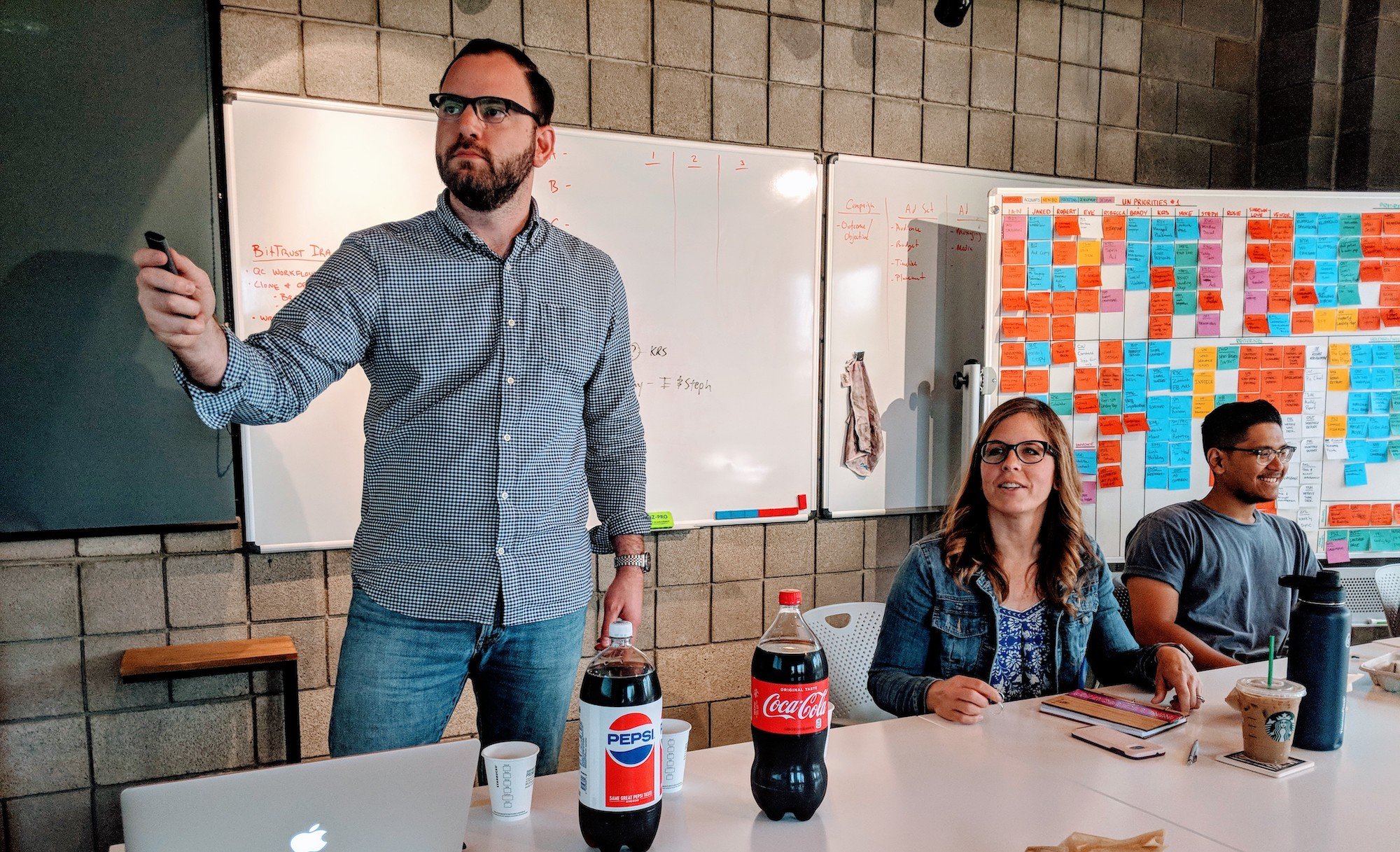
Have you ever heard the term ‘sensation transference’? Neither had I until I read Malcolm Gladwell’s book, Blink. Though you may not have heard the term, you actually experience this phenomenon every day.
So what is sensation transference? It’s making unconscious assessments of a product, service, person, or event based not only on the thing itself but on associated secondary sensory inputs, which make up one general impression - whether accurate or not.
For example, let’s say you go to a business meeting and someone shows up in shorts and flip flops. What kind of judgments will you make about that person? Unprofessional? Unprepared? Unless your meeting is with the owner of a surf shop, chances are you’ll have doubts about this person’s abilities simply because of the way they dressed. In reality, this person might be brilliant, but their appearance communicated something antithetical to that reality. As the saying goes, you don’t get a second chance at making a first impression.
Sensation transference happens every day in the subconscious. It occurs when you buy products, visit stores, hang out with friends, or watch television. We all make snap judgments based on singular inputs without contemplating whether they are wholly accurate or not.
What types of sensations are you transferring? Have you considered what assessments customers might make of your business based on your website alone? After all, a company’s website is often the first place a prospect interacts with a brand. What about the bathroom at your restaurant or coffee shop? Again, it’s not just your product or service that matter - it’s also all the associated secondary sensory inputs which make up one general impression.









